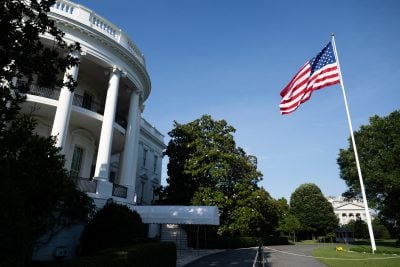Competition in the African airline sector is beginning to take off. Ethiopian Airlines is seeking to develop a pan-African network and the continent’s other main players are cautiously expanding into neighbouring regions. Yet a truly competitive sector will remain out of reach as along as governments continue to be overprotective of their domestic airlines. Neil Ford reports.
Passenger numbers are steadily increasing but would take off much more rapidly if an open skies agreement was actually implemented and fierce competition was allowed to drive prices down and occupancy rates up.
This does not necessarily require the privatisation of existing airlines, as state-owned companies can be operated on commercial lines.
Henok Teferra Shawl, the vice president for strategy and alliances at Ethiopian Airlines, says of his government: “They know that this is a company and that it has to be operated on commercial considerations. This is a very tough business, the airline business, as you know. There’s very little margin for error. The competition is global, and it’s fierce. It’s uneven because, as you may well know, there are those who are endowed with much more capital and access to cheaper fuel.”
The company insists that all managerial appointments are based on merit, rather than as a form of political patronage, while officials receive no free tickets. It has also revealed that far from being a cash cow for the government, the $110m profit that the company made in 2012–13 has been fully reinvested in its own operations. Another state-owned company, South African Airways (SAA), is eager to acquire new aircraft for its long-haul routes, even though government funding has not been guaranteed.
A company spokesperson said: “We are fully conscious of the impact the delay in acquiring the new equipment could have on our operating costs, taking into account that SAA has yet to conclude its request for proposals (RFP) on wide-body fleet procurement. In terms of our targets, the sooner we find equipment replacement, the more chances we create of reducing our operating costs.”
The Ministry of Public Enterprises rejected the state-owned company’s original RFP in January but the airline needs to replace its older aircraft with newer models in order to reduce fuel consumption and other costs.
Most of the savings would be eaten up by the cost of leasing or buying new aircraft,
although the company estimates that it would still cut its total costs by 11%. The aircraft are likely to be leased. It has been reported within South Africa that the proposal was originally rejected because of the lack of local content.
RwandAir launched a new service between Kigali and Douala International Airport in March, building on its existing operations on the continent. Douala becomes the airline’s 16th destination. In the longer term, Rwanda’s national flag carrier aims to expand into Europe, the Middle East and Asia. (See page 42.)
RwandAir suspended its three-times-a-week service between Kigali and Juba for eight weeks at the start of this year because of security fears stemming from South Sudan’s civil war but it was able to resume flights in March.
Also in March, the airline took delivery of a new Bombardier Q400 turboprop, which will fly from Kigali to Brazzaville, Libreville, Bujumbura and other African cities. Given the small size of Rwanda, the airline operates on only one domestic route, Kigali-Kamembe, leaving it free to concentrate on its international operations.
The government of China hopes to conclude a China-Africa aviation plan with governments in the region to promote air travel on the continent. Speaking at the World Economic Forum on Africa (WEFA) in Abuja in May, Chinese Premier Li Keqiang said: “Africa has seen its aviation demands growing rapidly, but it lacks airports, air routes, especially regional operating capacity. China has huge experience and capacity in the construction and management of airports. We will promote the regional aviation industry in Africa. China will provide financing technical and human-resourced support.”
Chinese companies could help to construct airports and provide training but airlines must still operate commercially. With or without Chinese help, some are already doing this.
Want to continue reading? Subscribe today.
You've read all your free articles for this month! Subscribe now to enjoy full access to our content.
Digital Monthly
£8.00 / month
Receive full unlimited access to our articles, opinions, podcasts and more.
Digital Yearly
£70.00 / year
Our best value offer - save £26 and gain access to all of our digital content for an entire year!
 Sign in with Google
Sign in with Google 


